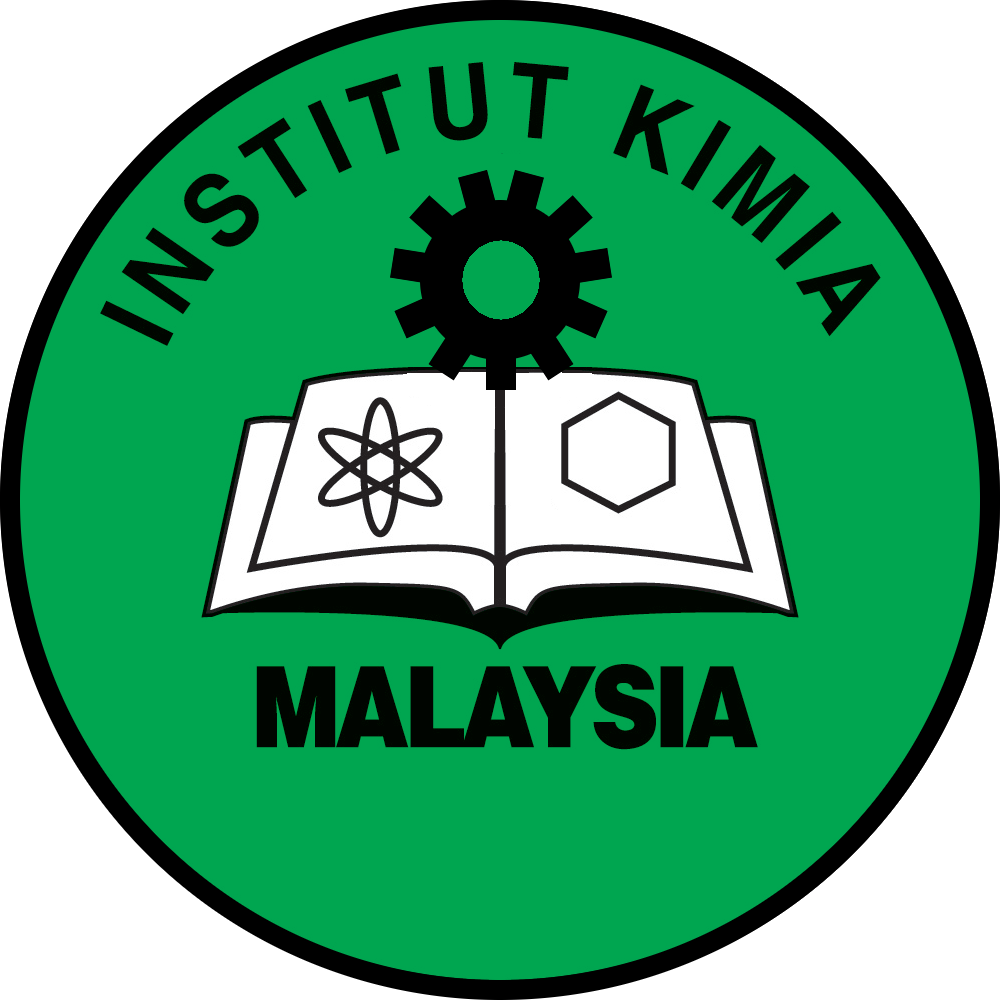Treatment of Malachite Green Dye-Contaminated Wastewater via Photolysis Treatment Process
DOI: https://doi.org/10.55373/mjchem.v27i2.131
Keywords: Photolysis; malachite green; UV irradiation; photodegradation; degradation efficiency
Abstract
A photodegradation experiment was performed in a batch photoreactor, and concentration reduction and degradation efficiency were calculated from absorbance values obtained using an ultraviolet-visible (UV-Vis) spectrophotometer. The effects of different operational parameters were studied. The effects of various UV wavelengths were investigated using different types of UV irradiation, UV-A, UV-B, and UV-C. UV-C, which has the shortest wavelength and therefore the highest energy, was the most effective UV irradiation to degrade malachite green (MG) molecules, resulting in 88% degradation after 3 h of irradiation. Increasing the dye's initial concentration resulted in reduced degradation rates. The highest degradation was at 20 ppm (92.2%), while the lowest was at 100 ppm (61.9%). The photodegradation rate was better at neutral pH (95.6%) compared to acidic pH (84.2%). Longer irradiation time resulted in increasing degradation efficiency of MG. Due to the incomplete mineralisation of the dye after photolysis, COD and TOC content decreased only by 3.7% and 8%, respectively. Meanwhile, BOD analysis increased after photolysis, proving that photolysis is an efficient pre-treatment method before biological treatment. Reaction kinetic studies indicated that all experiments conformed to first-order kinetics, and the degradation rate constants were between 0.0054 min-1 and 0.0171 min-1, with correlation coefficients ranging between 0.9286 to 0.9938.
